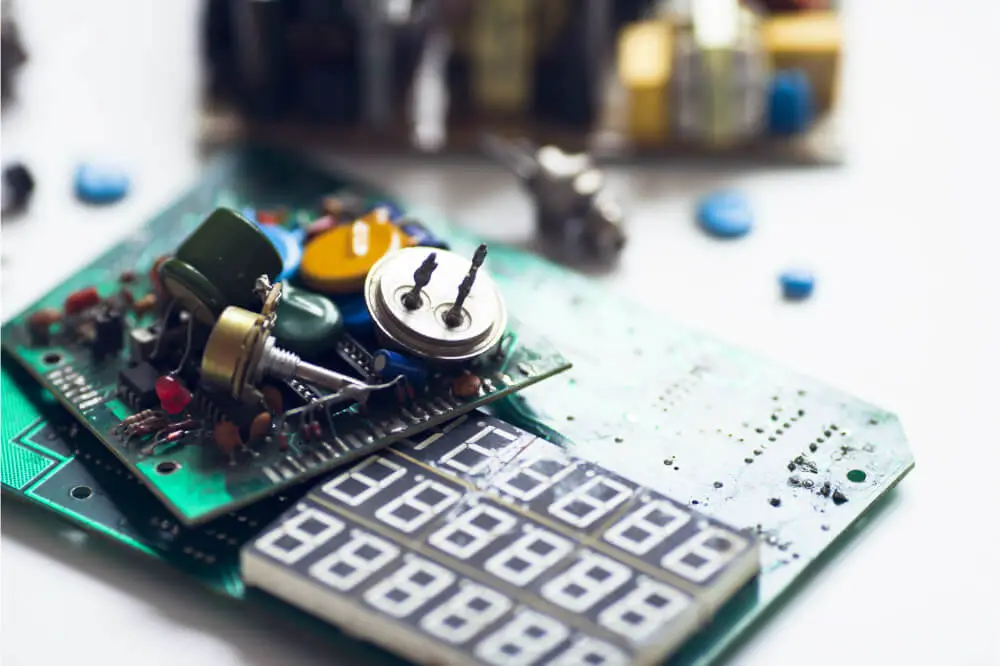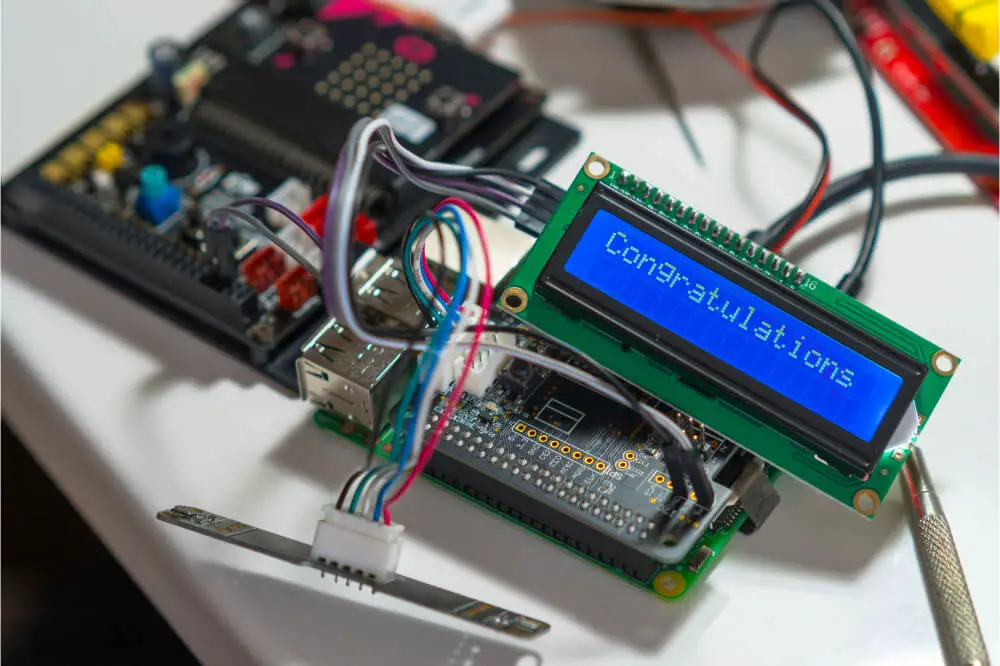There are numerous cases in which rotating your Raspberry Pi screen is vital. Rotating or flipping your Raspberry Pi screen output is vital, particularly when using a monitor vertically or when your display is mounted upside down.
The need to rotate your Raspberry pi screen output is a task which is usually needed when using the official Raspberry Pi touchscreen. By adhering to the steps discussed in this article, you will be able to rotate your Raspberry Pi screen by 270 degrees, 180 degrees, and 90 degrees.
Moreover, the best part is that the whole process is relatively easy and straightforward; you can always complete it within a short period. There are different ways in which you can flip your Raspberry Pi screen.
Furthermore, flipping the screen for a Raspberry Pi 4 is a bit different from other models of the Raspberry Pi. We shall be discussing how to flip the screen of different Raspberry Pi in this article. Without further ado, let’s get started on how to flip the Raspberry Pi screen.

Flipping a Raspberry Pi screen
In order for one to flip a Raspberry Pi screen, you will require the following equipment:
- MicroSD card
- · Raspberry Pi
- · Wi-Fi dongle or Ethernet Cord
- · Power supply
- · Raspberry Pi Case (however, this is optional)
Rotating screen from desktop
With everything in place, you can go ahead and start the process of flipping your Raspberry Pi screen. In this section, we shall be discussing how to flip a screen from the desktop. You will be using a configuration tool on the Raspbian in order to rotate the screen.
When your 3D graphic driver is disabled, you will have to try using the terminal method for an individual with Raspberry Pi3 in order to rotate your screen.
On the other hand, when using a Raspberry Pi 4, a Screen Configuration is considered the most straightforward tool to use when rotating your screen. For an individual to get Screen Configuration on their Raspberry Pi, you will have to click on a Pi icon that is located at the top-left corner of your screen.
Once that is done, you go ahead and click on preferences. This will open a pop up whereby you will click on screen-configuration. When the utility is opened, you will right-click your display that you would like to modify. Go to orientation and click on the orientation you would like your display to rotate. A green tick will appear once you are satisfied with your orientation.
You will go ahead and click on OK within 10 seconds for you to confirm the changes made. The timer is set to help you avoid messing the display settings, and it will end up reverting to the original settings automatically once the 10 seconds timer has expired.
Rotating screen from the terminal
We shall be discussing how to rotate the screen from a terminal in this section. Usually, when it comes to rotating the screen, you will have two different methods to choose from. One method is rotating the screen for the Raspberry Pi 4 while the other one is rotating the screen for other models of the Raspberry Pi and individuals who have a disabled 3D driver in their Raspberry Pi 4.
Rotating screen for a Raspberry Pi 4
Rotating your Raspberry Pi4 screen using the outdated /boot/config.txt is impossible; this is because of the new video driver installed on your Pi4. Therefore, if you would like to rotate your Raspberry Pi4 screen, you should consider using a screen configuration tool since it is relatively easy to use. You might consider making good use of the xrandr command.
In your Raspberry Pi’s terminal, you will have to run commands that will help rotate the screen with the utmost ease. It is best that you understand the commands that will set your Raspberry PI’s screen back to normal, rotate your screen to left or right by 90 degrees, 270 degrees, and 180 degrees.
With the right commands in place, the whole process becomes easy and straightforward. All that is required of you is to key in the commands, and the changes will be made immediately with respect to your screen orientation preference.
Rotating screen for other models of Raspberry Pi
In the terminal of your Raspberry Pi, you will begin editing your file with the boot configuration. To achieve this, you will have to run a sudo command; sudo nano /boot/config.txt. In this file, you will be able to change your Raspberry Pi’s screen orientation.
You will first have to choose the right orientation for your Pi screen. Usually, numbers 0 to 4 each represent the rotation your Raspberry Pi will support. 1 represents 90 degrees while 2 represents 180 degrees, and number 3 is for 270 degrees. You will go ahead and choose a command that you will enter at the bottom of your file based on how the Raspberry Pi screen will be rotated.
You should have the right command that will help you reset your screen rotation to normal. In addition to that, always use the right command that will help you choose the perfect orientation for the Raspberry Pi screen. Once you have these commands in place, you will enter the one that will best suit your needs and save it by pressing CTRL+x+Y and then Enter.
In order for your rotation setting to become effective, you have to restart the Raspberry Pi. To do this, you might consider using a command; sudo reboot. Once this is thorough, your Raspberry Pi screen will have rotated successfully.
Final Word
Flipping a Raspberry Pi screen is relatively easy; this process can be achieved by any individual irrespective of their skill level. As a newbie, by adhering to the tips discussed in this article, flipping your Raspberry PI will become a breeze. The whole process does not require complicated equipment, and it does not use any sophisticated commands making the entire process straightforward.
As we come to the conclusion, we hope that you find this article helpful as you learn how to flip the Raspberry Pi screen.

